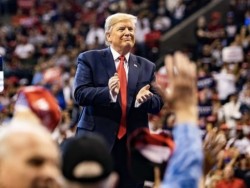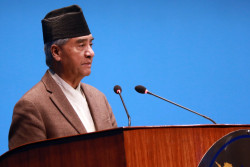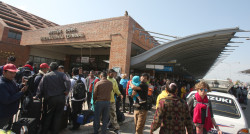Opinion
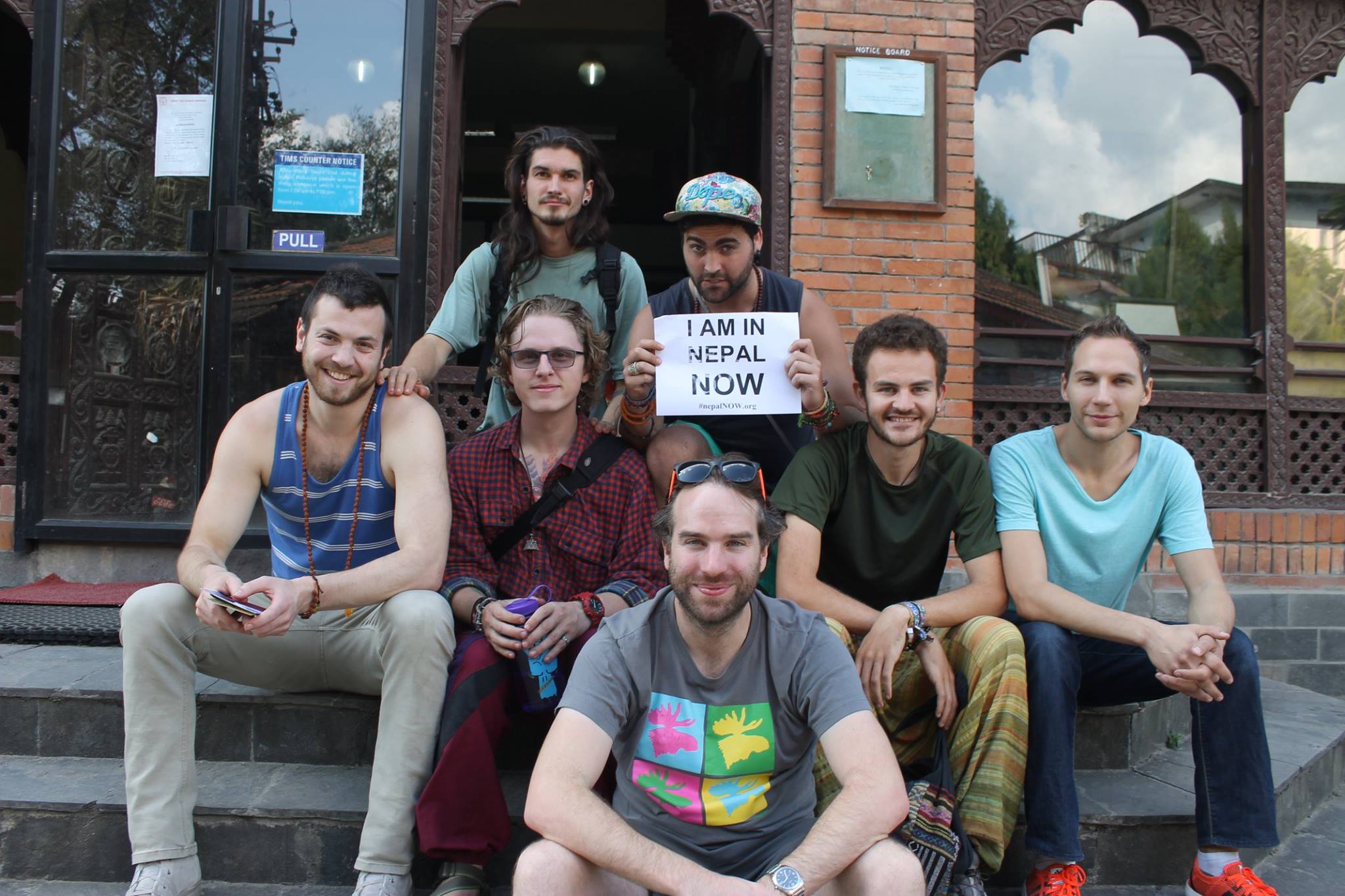
On the 23rd of September 2022, the Nepali Cabinet approved a plan by Nepal’s Ministry of Culture, Tourism and Civil Aviation to declare a Visit Nepal Decade from 2023 to 2032. The twin primary aims of the campaign will be to attract five million tourists by 2032 from an earlier all-time high of 1.2 million visitors in 2019 and increase the average spending per tourist per day to $125 from the current $47. Both are daunting tasks but not as ambitious as a third aim – discussed and discarded as being impractical – to increase the average length of stay to 20 days per tourist from the present 12 days.
Past failures
It will do well to recall here that past Visit Nepal campaigns were limited to a particular year. Visit Nepal 1998; Destination Nepal 2011; Lumbini Tourism Year 2012; and most recently the aborted Visit Nepal Year 2020. Each of those in addition, save the Lumbini one, had a single aim - denoted in the number of tourists to be attracted to Nepal in that particular year. In 1998 the aim was to bring half a million tourists; in 2011 it was pegged at a million; and in 2020 it was two million. The Government of Nepal designed Lumbini Tourism Year to ‘raise awareness about Lumbini.’
Each successive campaign has failed to deliver in the end for assorted reasons. In 1998 Nepali Tourism came tantalizingly close to hitting the target with 463,684 arrivals. It came achingly close again in seminal 1999 with 491,504 arrivals. 1999 is remarkable for the hijacking of Indian Airlines Flight IC 814 after departure from Kathmandu for Delhi on December 24 which affected air arrivals from India well into the next year when the arrivals figure dipped ominously to 463,646. In 2001 the Royal Massacre once again put the spotlight on Nepal, and the Maoist Insurgency drew in the Nepal Army and violence escalated, driving down arrivals to less than the 300,000 mark till 2006.
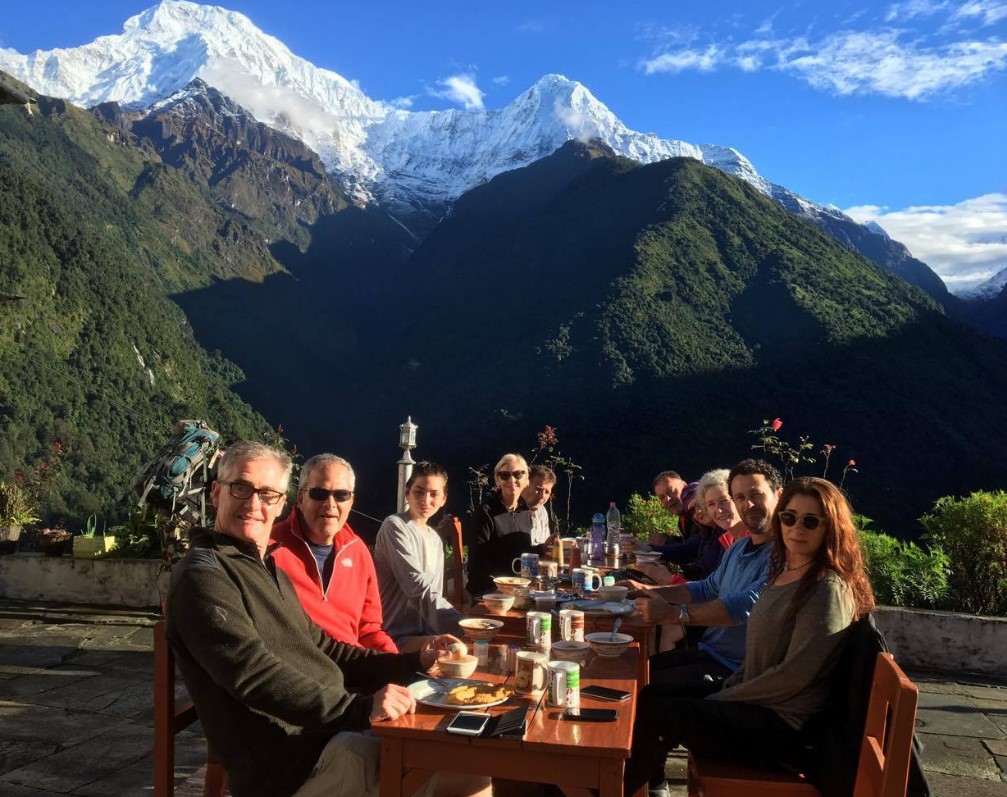
It was only in 2007 that Nepal attracted a little over 500,000 tourists.
Barring the 2008 and 2009 dips due to the Global Financial Crisis tourist arrivals gathered pace and grew at impressive double digit growth rates. Yet, it did not hit the mark set by the planners of the Destination Nepal 2011 campaign and reached just 736,215 footfalls that year. Well short of the planned one million tourists’ mark. In fact, that figure could only be reached in 2018.
In 2020 COVID-19 marred the party early on and decimated tourism worldwide. Nepal's target of attracting two million tourists in 2020 would never be put to the test. On 22 March 2020, the Government of Nepal announced the termination of the campaign citing the pandemic.
What the earlier campaigns did not comprehensively address was the ‘why?’ and even marginally address the ‘how?’ of reaching the stated goal or target tourist numbers.
The Why
The closest thing to a rationale that seems to have been applied was that those arbitrary numbers may have reflected the number of tourists needed to fill about 70% of available hotel rooms at those points in time. In the more extreme cases, these numbers were simply pulled out of ‘thin air’ because they seemed like the appropriate ‘next’ milestones. In this respect, the VND seems to have, knowingly or unknowingly addressed the why: to welcome five million tourists spending, on an average 12 days (current average) in-country with an average spend of $125 per day gives us a target of 7.5 billion dollars in earnings from international arrivals. Finally, it is about the money. It should have been all along.
The How
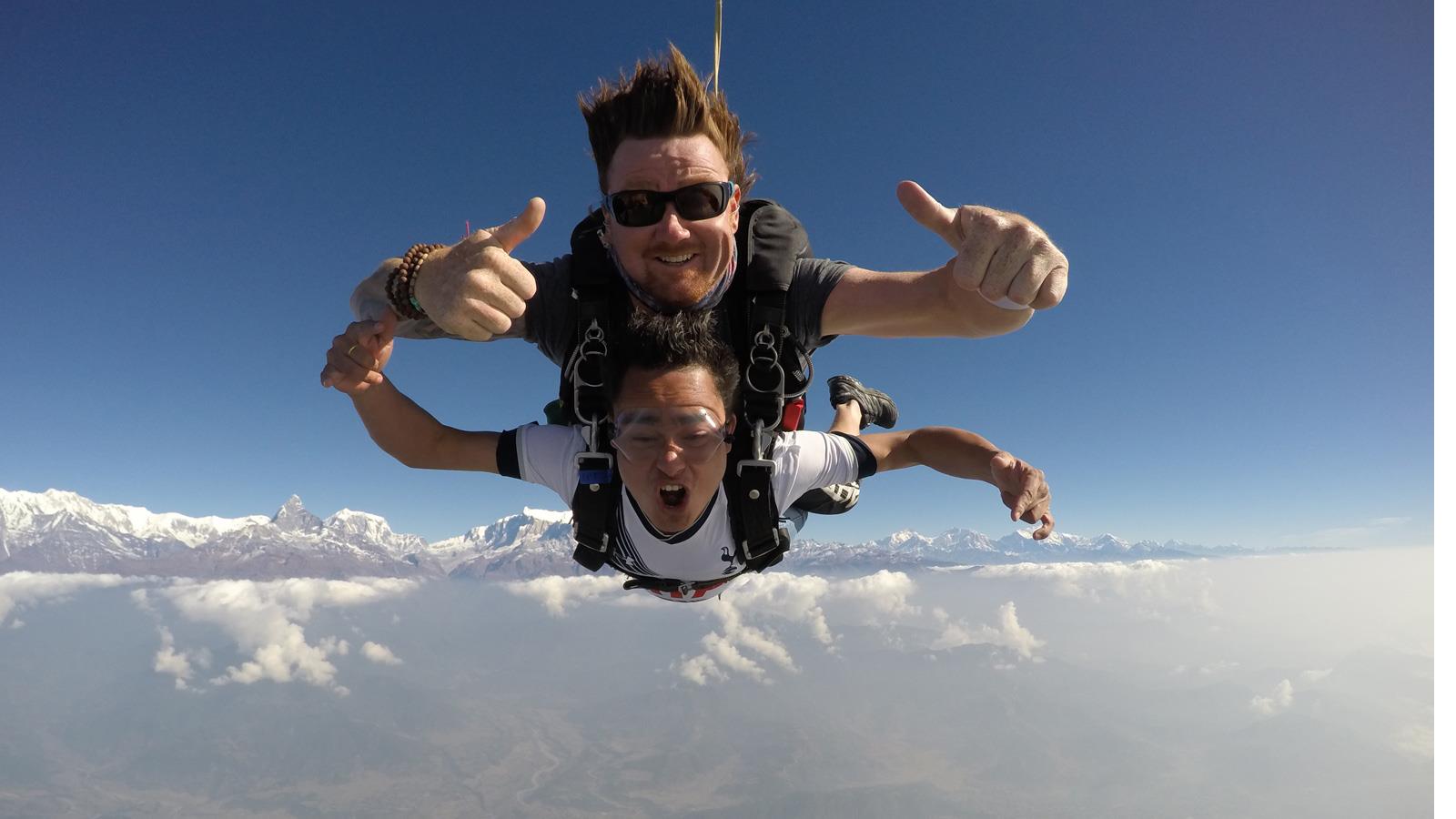
Next, comes the even trickier, ‘how?’ How indeed are we going to get five million people to visit Nepal by 2032? And how are we going to get them to spend $125 per day while they stay here? These are not questions that are going to be answered by a committee formed with all the stakeholders present and which is tasked with writing its own ‘Terms of Reference.’ These questions must be answered at ‘The Very Top.’ At the same Cabinet meeting room where the idea was inflated and endorsed.
Elections are around the corner and every outcome scenario has a coalition Government of sorts coming out on top. Be it the ruling Congress-Maoist-LSP triumvirate or the UML-JSP-RPP alliance. A successful VND must first have the ‘buy-in’ from all national level political parties, at least, if not from all the bit players as well who may end up in the halls of power by dint of chance come November. This will ensure that the idea is not aborted by the time 2023 rolls around. Next, comes the task of aligning every ministry and government department to the idea that tourism is going to be the go-to economic driver of the Nepali economy in the next decade going forward and at the same time ensuring that other sectors are not ignored.
So how? Let us say that the political parties and the various governmental departments are on board. Once the former are on board, the latter should not be a problem. Then, sooner rather than later, the question of ‘how?’ needs to be tackled along with ‘from where?’ How to get five million potential tourists willing to spend $125 per day interested in buying a trip to Nepal is a Sales and Marketing problem. How to get the interested five million to Nepal is a logistical one.
Both problems beg solutions that cannot be conjured from thin air. Dreaming like, ‘Oh, all we need to do is target a small part of the neighborhoods out-bound travelers,’ might buttress the head count but will not help with spending targets. Also, as a rule, short haul travelers are influenced by the morning news and are notoriously fickle. In that, they can change plans, destinations, and travel dates much more often and easily. It will need substantial budgets, deep market insights, clever brand promises and delivery, regular audits leading to realignments, recalibration, and a host of other things to pull off.
Getting five million people to Nepal once they have been convinced to visit requires connectivity. To some extent road connectivity but, in large measure, air connectivity. Let us do the mathematics. In 2019, the last ‘normal’ year 58% of arrivals came to Nepal in the high-tourist season months of February, March, April, October, November, and December. Let us assume the pattern will stay. In these six months in 2032 we will need transportation for two million nine hundred thousand tourists.
Of which 340,000 will travel by road. Let us also assume that 3 million Nepali travelers will also travel throughout that year, and we will need an additional 1.5 million seats allowing for a total arrival of 4 million 6 hundred thousand by air in those six months alone. We will need 25,556 arrivals every day in one of Nepal’s three operational international airports. That is the equivalent of 102 two hundred fifty-seater planes every day in either KTM, BWA or PKR. Pokhara cannot take wide-bodies and the other two will need to do the heavy lifting. For the rest of the year, we will still need to land, the equivalent of eighty-five two hundred fifty-seater planes every day.
Ambitious and Daunting, to say the least.
Ambitious and daunting does not mean impossible. However, it does mean that the proposed Cabinet meeting to answer the ‘why’? the double ‘how’? and ‘from where’? needs to sit, preferably with the scattered political players, bring them on-board, and then entrust the task of planning and execution to competent people.
The potential pay-off
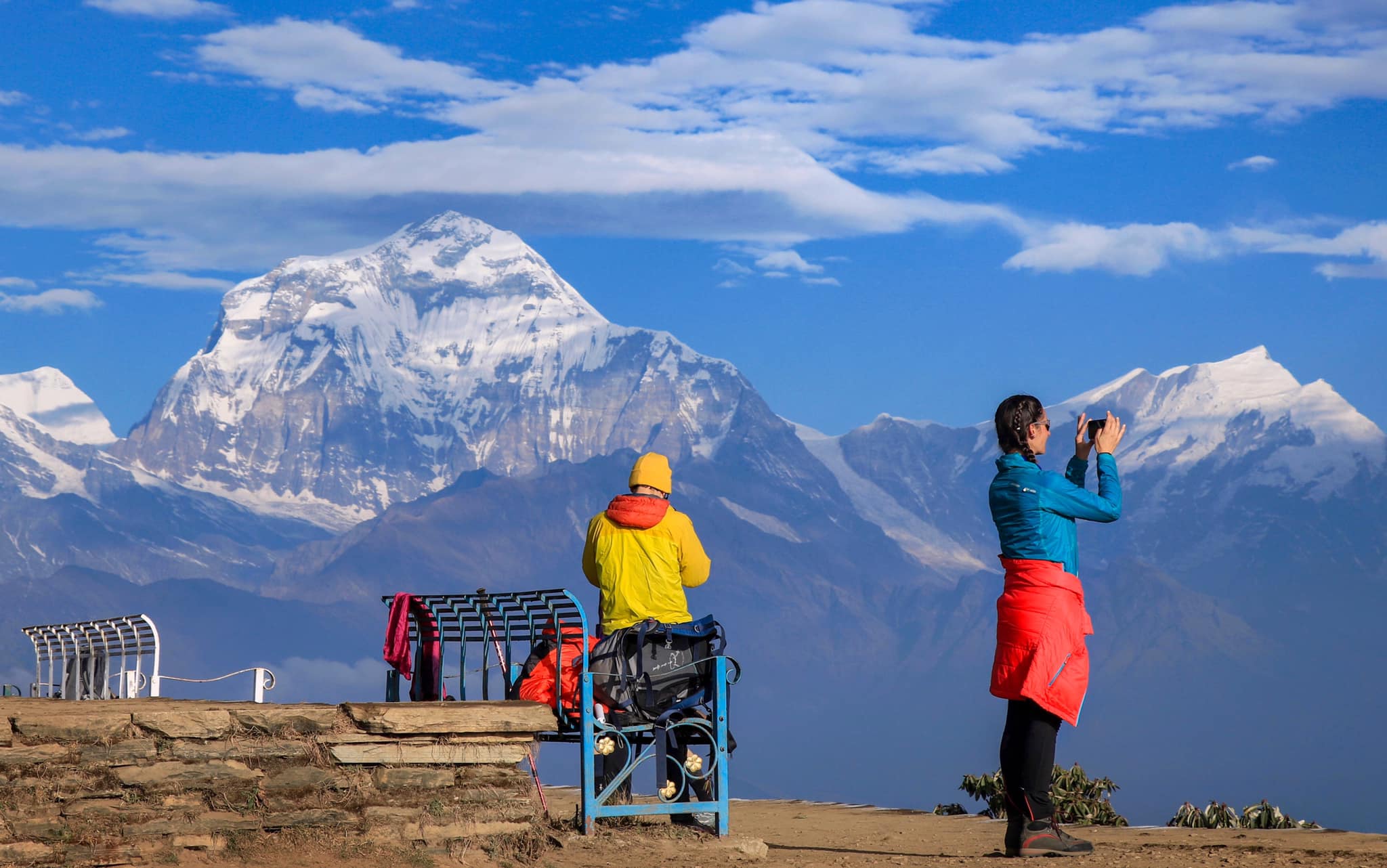
The IMF forecasts a 7% growth per year in GDP for Nepal between 2023 when Nepal’s GDP is expected to be $39.03 billion and 2027 when it is expected to be $51.17 billion (source: IMF). Keeping the same projection, Nepal GDP should be $71.76 billion in 2032. $7.5 billion from arrivals that year will put earnings from tourism at 10.46% of GDP. Currently tourism contributes about 3% of GDP. That would be from in-country expenditure by arriving tourists. Add to that the potential of earnings from a well-run airline with 60% market share which has a further potential of earning $6.5 billion at approximately $700 per one-way fares by 2032 from 4.6 million tourists arriving by air. Tourism earnings can by then, potentially contribute 19.51% of GDP. Formidable numbers. Reminds me of lyrics from the song ‘The Devil Cried’ by the legendary Ronnie James Dio of the equally legendary heavy-metal band Black Sabbath which went:
I can win this game
If all things come together
I know this sounds quite strange
I won't be smart, just clever
(All photos: Facebook/Nepal Tourism Board)
